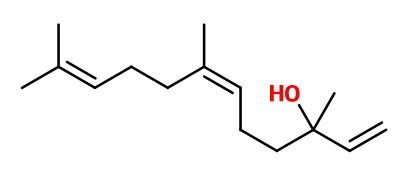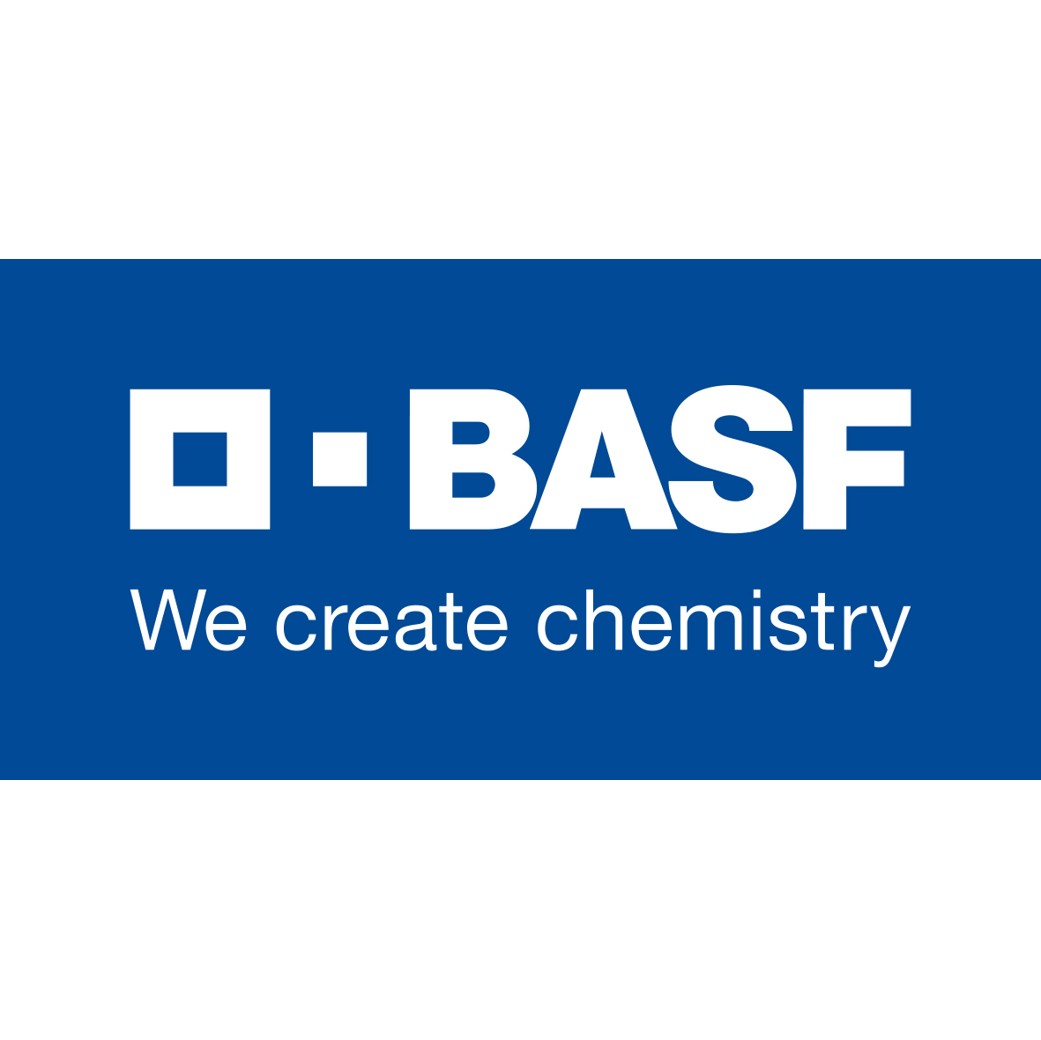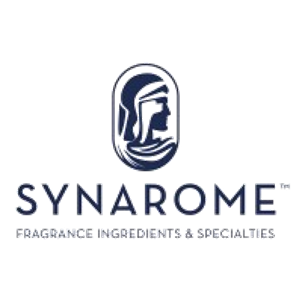
Photo credits: ScenTree SAS
| Company | Ingredient Name | ID | Comments | Naturality | Certifications | MOQ | Purity |
|---|---|---|---|---|---|---|---|
|
|
Nerolidol | 30034996 |
Visit website
|
Molecule | - | - | |
|
|
NEROLIDOL SYNTHETIQUE | - |
Visit website
|
- | 10 grs | - |
General Presentation
-
CAS N° :
7212-44-4 -
EINECS number :
230-597-5 -
FEMA number :
2772 -
FLAVIS number :
02.018
-
JECFA number :
1646 -
Volatility :
Head -
Price Range :
€€
Physico-chemical properties
-
Appearance :
Colorless liquid -
Density :
0,874 -
Refractive Index @20°C :
Data not available. -
Optical rotation :
Data not available. -
Vapor pressure :
Data not available. -
Flash Point :
125°C (257°F)
-
Molecular formula :
C15H26O -
Molecular Weight :
222,37 g/mol -
Log P :
5 -
Fusion Point :
Donnée indisponible. -
Boiling Point :
276°C (528,8°F) -
Detection Threshold :
De l'ordre de 10 ppb à 10 ppm (0,0001%) selon les personnes
Chemistry & Uses
Uses in perfumery :
Nerolidol is used in all types of perfumery for orange, rose, honeysuckle and lily of the valley notes. Useful in citrus and woody-vanillic accords, to give an airy side and make the link between those two facets.
Year of discovery :
Discovered in 1923
Natural availability :
Dextrorotatory trans-Nerolidol is the major compound of cabreuva (84%), a shrub of Paraguay. This same dextrorotatory nerolidol is isolated from Dalbergia parviflora, an Asian liana.
Isomerism :
Nerolidol exists as two pairs of enantiomers, as it has an asymmetric carbon and a double bond that gives rise to two diastereoisomers. Synthetic Nerolidol is however a mixture of all these isomers. All have a similar smell, but they do not have the same physicochemical properties.
Synthesis precursor :
Nerolidol can be a precursor to the synthesis of other terpenes, for example by a Diels-Alder reaction. It is also a precursor for the synthesis of Farnesol, following an isomerization process.
Synthesis route :
Nerolidol is a sesquiterpene, often associated with Linalool, whose synthesis starts from this last compound. Linalool is converted to geranylacetone by reaction with Ethyl Acetoacetate, for example. A condensation of the obtained ketone with acetylene, followed by a Lindlar palladium catalysed hydrogenation allows to obtain Nerolidol.
Stability :
Terpenes tend to polymerize by oxydation.
Other comments :
Comparing it with other rosy and green notes as Phenoxanol® and Rosacetol®, Nerolidol has a distinctive fruity and green note.
IFRA
IFRA 51th :
This ingredient is not restricted for the 51th amendment
















